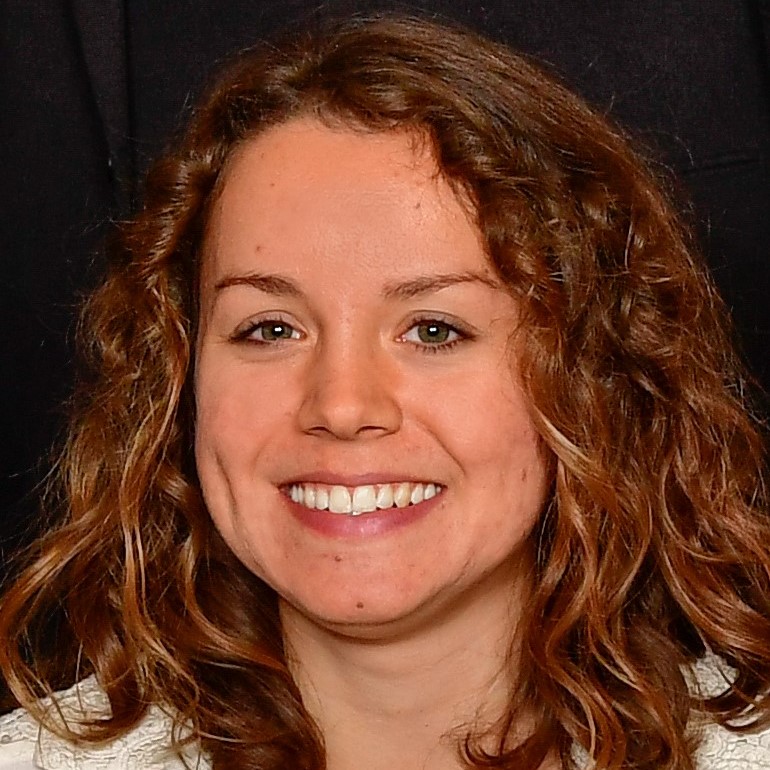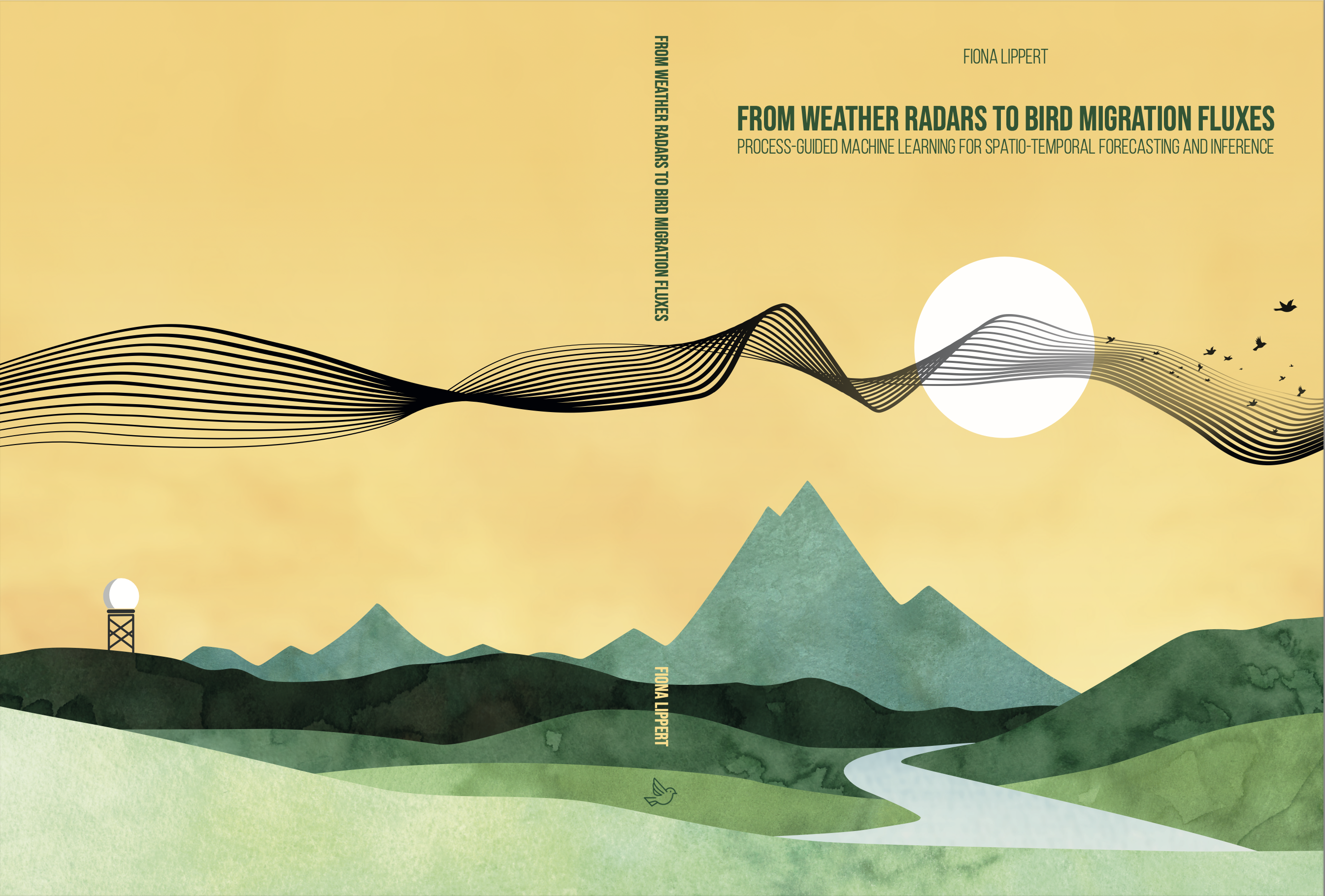5 June 2025
PhD defence of Fiona Lippert

Fiona Lippert will defend her thesis From weather radars to bird migration fluxes; Process-guided machine learning for spatio-temporal forecasting and inference. Supervisor: Dr. P.D. Forré and Dr. ir. E.E. van Loon. Co-supervisors: Prof. dr. ir. A.G. Hoekstra and Dr. Rer. Nat. B. Kranstauber.
- Date: 5 June 2025
- Time: 16:00 hr
- Location: Agnietenkapel
PhD thesis summary
Every year, billions of birds migrate across the globe, traveling vast distances in their quest for favorable breeding and wintering conditions, while contributing to ecosystem functioning and biodiversity along the way. At the same time, human activities are transforming our planet at an unprecedented pace, affecting nearly every aspect of life on Earth - including migrating birds. To effectively mitigate the resulting human-wildlife conflicts and protect migration systems around the world, it is essential to better understand migratory behaviors and develop accurate forecasting systems that inform stakeholders about when and where birds will move in the near future.

Weather radars, organized into continental-scale networks, have emerged as a key data source for monitoring migration patterns across entire flyways. Yet, several methodological challenges persist: radar observations are spatially sparse, provide only partial information about movement direction and speed, and are subject to noise and measurement artifacts. Moreover, despite decades of research, our understanding of migration behaviors remains incomplete. This limits our ability to apply traditional geoscientific modeling techniques, which rely on accurate mechanistic process descriptions to infer and forecast the state of partially observed systems.
This thesis investigates how partial processes knowledge about the spatio- temporal dynamics of bird migration can be combined with machine learn- ing to address these challenges and harness weather radar data more effec- tively. The work is structured in two complementary parts. Part I focuses on continental-scale forecasting, developing hybrid modeling approaches that combine fluid dynamics principles with deep learning to predict migration patterns. We show how incorporating even basic mechanistic understanding - like the conservation of mass - can improve both prediction accuracy and interpretability. The resulting framework enables new insights into how birds flexibly adjust their take-off decisions across different spatial and temporal contexts.
Part II tackles the fundamental challenge of reconstructing local movement patterns from low-level radar measurements. Here, we develop probabilistic frameworks that combine the flexibility of deep learning with graphical models to encode known spatial and temporal dependency structures between variables. Although several challenges remain before these methods can be applied in practice, they represent promising steps toward high-resolution movement reconstruction that features both computational efficiency and uncertainty quantification.
More broadly, this thesis demonstrates the potential of integrating process knowledge with data-driven machine learning methods to advance the model- ing of complex ecological processes for which both mechanistic understanding and data are limited.
NEWS
news